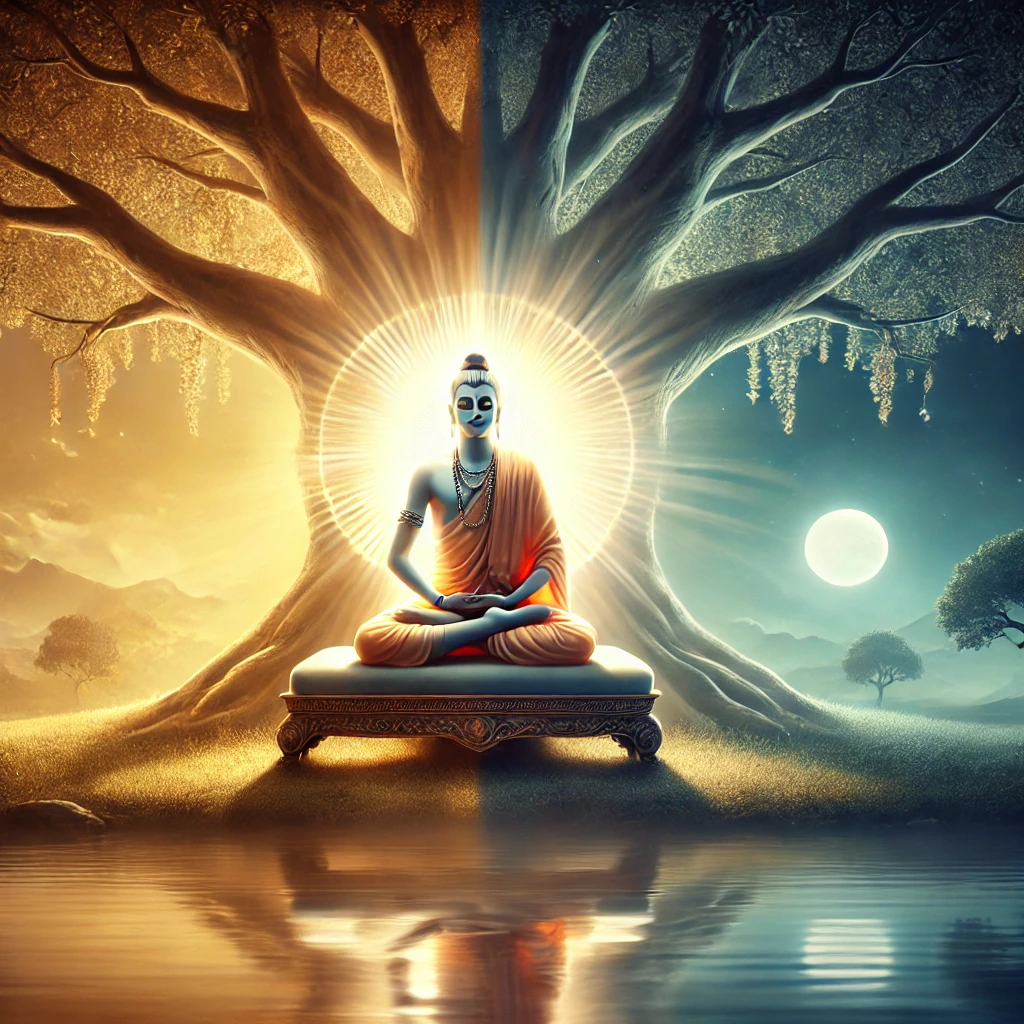Same in Joy and Peace
Published:

Bhagavad Gita 2.15 (Chapter 2, Verse 15):
Sanskrit:
| यं हि न व्यथयन्त्येते पुरुषं पुरुषर्षभ | |
| समदुःखसुखं धीरं सोऽमृतत्वाय कल्पते |
Transliteration:
yaṁ hi na vyathayanty ete puruṣaṁ puruṣarṣabha samaduḥkha-sukhaṁ dhīraṁ so ’mṛtatvāya kalpate
Translation: “O best among men (Arjuna), the person who is not disturbed by happiness and distress, and is steady in both, becomes eligible for liberation.”
Explanation: In this verse, Krishna advises Arjuna to maintain equanimity in both joy and sorrow. Krishna refers to such a person as dhīra—the one who is calm, balanced, and composed regardless of external circumstances. This steady disposition is considered essential for spiritual growth and ultimately leads to amṛtatva—immortality or liberation from the cycle of birth and death.
The verse emphasizes:
Equanimity: Treating happiness and suffering alike. Steadfastness: Not being swayed by emotions or situations. Liberation: Only those who cultivate this mental discipline are fit for attaining eternal peace and freedom (moksha). This message underscores the importance of inner strength and resilience in one’s spiritual journey.
